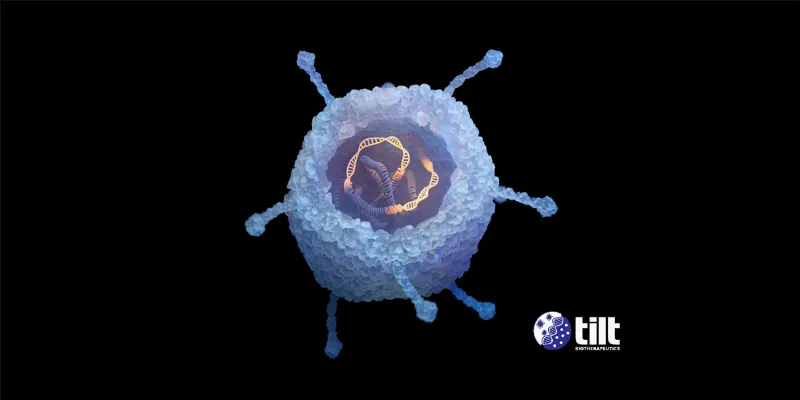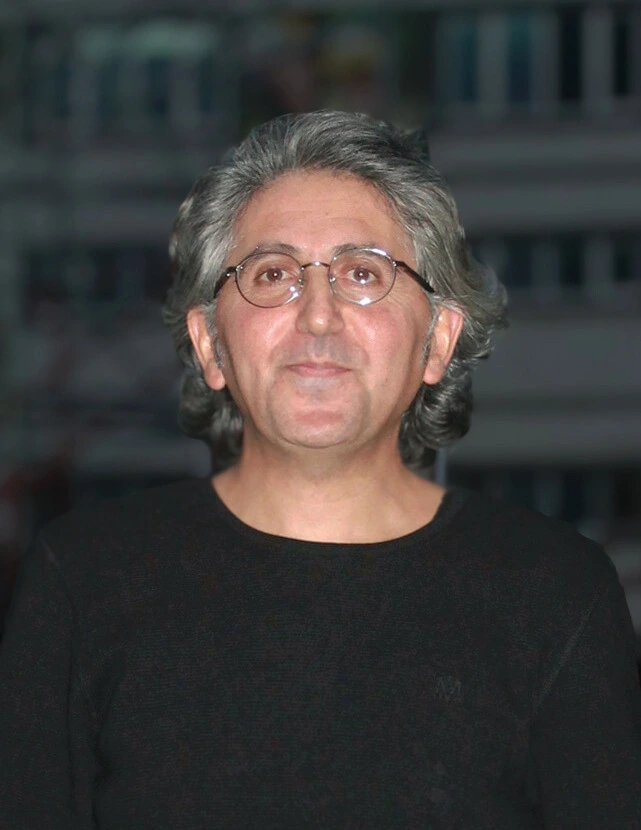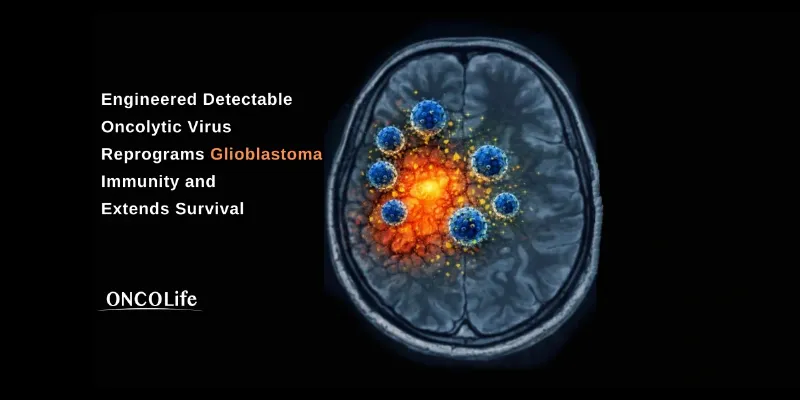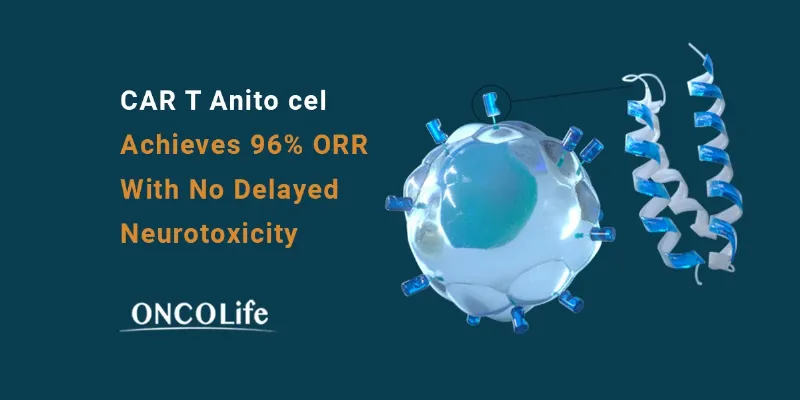How Engineered Oncolytic Adenoviruses Could Transform Cancer Treatment


ONCOLife |
15 October 2024
The use of engineered viruses in cancer treatment is gaining significant traction, offering new avenues for enhancing immune responses against tumors. We had an insightful interview with Aino Kalervo, Chief Operating Officer at TILT Biotherapeutics, where she shared how their engineered oncolytic adenovirus, TILT-123, is genetically modified to selectively attack cancer cells while preserving healthy tissue.
TILT-123’s Promise in Immune-Enhancing Therapies for Cancer
Discussing results from ongoing clinical trials, particularly in ovarian cancer, and TILT's strategic collaborations to integrate TILT-123 with other immune therapies, Aino Kalervo, underscored the potential of TILT-123 to transform cold tumors into immune-responsive sites, thereby significantly enhancing the overall effectiveness of cancer immunotherapy.
Click the picture to view the PDF version: Pg 31-35.
Could you provide a general overview of oncolytic therapies? What scientific principles underpin their use in cancer treatment, and how do these viruses specifically target and destroy cancer cells?
Kalervo: We’re utilizing an engineered adenovirus—commonly associated with the cold or flu—to target cancer cells specifically. This engineering involves for example specific deletion in E1A and addition of a cancer-cell-specific promoter that activates viral replication and transgene expression. This ensures that our virus replicates and transgenes are produced exclusively within cancer cells, allowing selectivity at the replication level, not at the point of entry into the cell.
The virus can be administered to patients either intravenously or directly into the tumor. Once inside, it enters cells via a receptor called Desmoglein 2. While it can enter any cell type, it only replicates and produces cytokines, TNF alpha and IL-2, within cancer cells. This selective replication is key to its function, allowing the virus to produce thousands of new particles that will lyse mo-re cancer cells. Tumor cell lysis releases danger signals in the area thought to help in kickstarting an immune response, enhancing the overall therapeutic effect.
Abstract (2658) suggests the potential of developing TILT-123 as an intravenous therapy. What advantages do you foresee with IV administration, and how might it improve treatment outcomes compared to direct tumor injections?
Kalervo: We believe intravenous administration is logistically simpler, especially for clinical sites and smaller community hospitals that might struggle with intratumoral injections. Even if it doesn’t seem a critical advantage, it would drastically increase the access to the therapy to many patients that otherwise might need it but would not be able to receive it. It also reduces discomfort for some of the patients who might find tumoral injections unpleasant.
Mechanistically, IV administration offers the advantage of direct spread throughout the body, targeting cancer metastases. Additionally, the pharmaceutical industry shows strong interest in intravenous therapies due to their blockbuster potential, making them a highly appealing option for treatment.
Looking ahead, what are the next steps in clinical research for TILT-123? Are there any upcoming trials or new drug candidates in the pipeline?
Kalervo: In the upcoming studies, we’re continuing our Phase 1B trials across several indications, focusing on our lead agent, TILT-123, particularly for platinum-refractory and resistant ovarian cancer. We’re conducting some of these studies in the US, including a combination trial of TILT-123 with pembrolizumab, administered fully intravenously for treatment of lung cancer. Additionally, we’re exploring melanoma treatments in combination with TILs in Europe. These ongoing and forthcoming studies are set for this and next year, with plans to progress to Phase 2 trials in ovarian cancer next year.
Our pipeline also includes several preclinical candidates, though our current priority is developing TILT123, a TNF alpha and IL-2 encoding oncolytic virus. We have a notably interesting preclinical candidate that shares the same backbone as our lead product but with a different payload, which we aim to advance through CMC and regulatory processes next years, potentially reaching patient trials within two to three years.
You presented two abs-tracts at the ASCO 2024 Congress. How was the reception from the oncology community, and what are the key takeaways that you want the medical community to understand from your presentations?
Kalervo: We had a team of four at ASCO this year, where we showcased 2 posters. The feedback was positive; our posters were well-received, and our team engaged with many attendees, sparking interest in our next steps. These discussions focused particularly on our intravenous administration regimen and how treatment responses correlate with the biological data presented. Notably, the immunological data was very exciting, indicating that tumors were responsive to the oncolytic virus treatment.
The key takeaway from our posters is that TILT-123 shows great promise as an intravenous therapy. We are prioritizing this route as we progress to Phase 2 studies also in ovarian cancer. Another important highlight from ASCO, as detailed in our press release, is the safety of TILT-123 in combination with pembrolizumab.
Despite treating heavily pre-treated, platinum-refractory resistant patients, we observed prolonged progression-free survival and overall survival in some cases. This is an encouraging validation as we move forward with TILT-123 in our lead indication and plan to target earlier treatment lines to potentially treat less challenging, healthier patients, enhancing their response to immunotherapy.
With the increasing interest in oncolytic therapies, how does TILT Biotherapeutics position itself in the competitive landscape of cancer treatment? What sets your approach apart from other oncolytic therapies currently in development?
Kalervo: From the start, TILT-123 was designed for intravenous administration to integrate seamlessly with other cancer immune therapies, including T-cell therapies. This approach, featuring a payload of TNF alpha and IL-2, is pivotal for stimulating the immune system, recruiting and activating T cells, and transforming cold tumors into active sites of immune response.
The use of those two cytokines is the result of a series of studies where studied which immune factors would be able to attract and activate T cells into tumors. We’ve published patient data demonstrating this effect in ovarian cancer. Additionally, TILT-123 has been tested in over 70 patients globally. We are also targeting indications with unmet medical needs, like ovarian cancer, lung cancer, and melanoma.
Can you discuss any strategic partnerships or collaborations that are critical to advancing your research?
Kalervo: Our current clinical collaborations are pivotal, notably with Merck MSD for the use of pembrolizumab in ovarian and lung cancer studies, and with Merck KGgA for avelumab in combination with TILT-123 for head and neck cancer treatment. These partnerships are crucial for generating data on combination therapies alongside monotherapy, enhancing our developmental strategies.
Moving forward, we aim to independently advance our development up to the end of phase 2. Post-phase 2, our strategy is to either out-license the product or sell the company to a larger pharmaceutical entity to oversee phase 3 completion and manage commercialization.
Additionally, we’re involved in a study with tumorinfiltrating lymphocytes in melanoma, although we don’t possess our own TIL technology. We’re open to potential collaborations in this area. Another strategic element may involve exploring regional licensing agreements as a funding source, depending on how our development and fundraising activities progress. These components are essential to our long-term strategy and financial planning.
TILT Biotherapeutics
The inception of the company, TILT Biotherapeutics, traces back to a compassionate treatment program led by the founder and CEO Professor Akseli Hemminki and his team in Finland from 2007 to 2012. They treated nearly 300 patients with ten different oncolytic viruses, discovering the pivotal role of immunity in combating cancer through these therapies.
This significant insight led to the development of our patented technology and the establishment of our company in 2013. Our approach is distinctively grounded in real patient outcomes, transitioning those observations from the clinic to the lab where we design viruses specifically aimed at enhancing the immune response against cancer. Since 2013, we’ve engaged in global clinical studies, treating over 70 patients with the lead candidate TILT-123.











Comments
No Comments Yet!